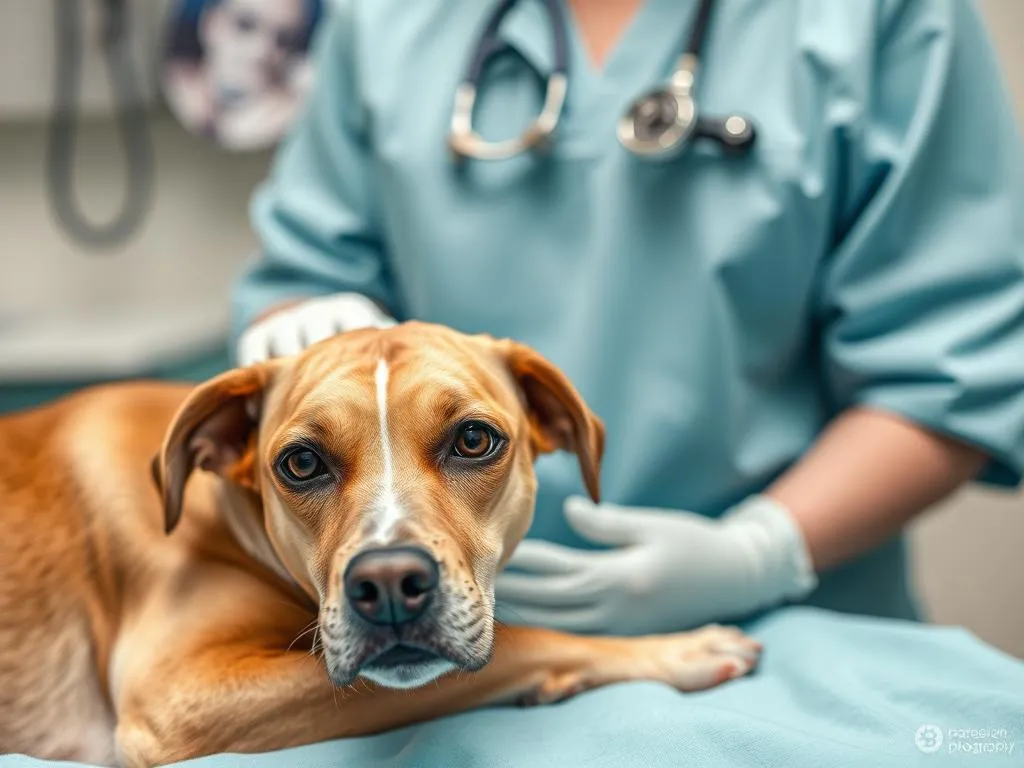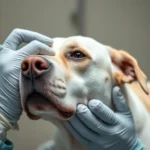
Introduction
Maintaining a dog’s health is crucial for their happiness and longevity. Proper health care ensures that our furry friends live a fulfilling life, free from preventable diseases and behavioral issues. One significant aspect of dog health care is the practice of spaying and neutering. These procedures not only contribute to a healthier pet but also play a vital role in controlling the pet population.
Unfortunately, many dog owners face financial obstacles when considering these surgeries. However, there are numerous low-cost spay and neuter surgeries for dogs available that provide effective solutions without breaking the bank. This article will delve into the definitions, benefits, and necessity of spaying and neutering, alongside practical ways to locate affordable services.
Understanding Spay and Neuter
Definitions
Spaying refers to the surgical procedure that removes a female dog’s ovaries and typically the uterus. This operation prevents her from going into heat and eliminates the risk of uterine infections and certain cancers.
Neutering, on the other hand, is the process of removing a male dog’s testicles, which not only prevents him from fathering puppies but also reduces the likelihood of certain health issues like testicular cancer and prostate problems.
Benefits of Spaying and Neutering
The advantages of spaying and neutering extend far beyond mere population control.
-
Health Benefits: These procedures significantly reduce the risk of various health issues. For females, spaying eliminates the risk of ovarian and uterine cancers. For males, neutering reduces the risk of testicular cancer and can prevent prostate problems.
-
Behavioral Benefits: Spaying and neutering can lead to better behavior in dogs. Neutered males are less likely to exhibit aggressive behavior, marking territory, or roaming in search of a mate. Spayed females avoid the mess and hassle associated with heat cycles.
-
Population Control: One of the most pressing issues in animal welfare is the overwhelming number of strays. By spaying and neutering, we can help reduce the number of unwanted puppies and alleviate the burden on local shelters.
The Need for Low-Cost Spay and Neuter Surgeries
Financial Barriers to Pet Care
Many dog owners desire to provide their pets with the best care possible, but financial constraints can pose significant challenges. Statistics show that a considerable number of households face difficulties in covering basic pet care costs, including veterinary services.
Common misconceptions about the costs of spaying and neutering can deter pet owners from pursuing these essential procedures. The truth is that while some veterinary clinics may charge high fees, there are affordable options available.
Consequences of Not Spaying or Neutering
Choosing not to spay or neuter can have far-reaching consequences.
-
Increased Stray Animal Population: Unspayed and unneutered pets contribute to a growing population of strays. Shelters are often overwhelmed, leading to tragic outcomes for many animals.
-
Health Risks for Unspayed/Neutered Pets: Pets that are not spayed or neutered face higher risks of developing various health issues, which can lead to costly treatments down the line.
-
Economic Impact on Communities: The overpopulation of pets can strain community resources. Local governments and animal control agencies often allocate significant funds to manage stray populations, which could be better spent on community welfare initiatives.
Finding Low-Cost Spay and Neuter Programs
Local Animal Shelters and Rescues
One of the best places to find low-cost spay and neuter surgeries for dogs is at local animal shelters and rescues. Most shelters have programs designed to promote responsible pet ownership and often provide these surgeries at a reduced rate.
To locate nearby shelters offering low-cost services, you can:
- Visit local shelter websites or call them directly.
- Check community bulletin boards for announcements about special events or funding for spay/neuter programs.
Veterinary Clinics with Affordable Options
Many veterinary clinics offer reduced rates for spaying and neutering, especially during specific promotional events or community outreach programs.
When searching for affordable veterinary services, consider:
- Mobile Clinics: Some communities have mobile clinics that provide spay/neuter services at lower costs.
- Public Health Clinics: These clinics may offer subsidized surgeries as part of their mission to promote public health and responsible pet ownership.
Non-Profit Organizations and Community Initiatives
Several non-profit organizations focus on providing affordable spay and neuter options. These organizations often partner with local shelters and veterinary clinics to offer community-based solutions.
Examples of successful programs include:
- Spay/Neuter Voucher Programs: These programs provide financial assistance to pet owners, allowing them to access low-cost services at participating clinics.
- Community Events: Some organizations host events where pet owners can bring their animals for spay/neuter surgeries at a minimal fee.
Preparing for the Surgery
What to Expect Before and After
Preparation for your dog’s surgery is key to ensuring a smooth experience.
Pre-Surgery Requirements: Most veterinary clinics will require that your pet fasts for several hours before the procedure. A health check will also be performed to confirm that your dog is fit for surgery.
Post-Operative Care Tips: After surgery, your dog will need special attention. Some essential tips include:
- Administering prescribed medications to manage pain.
- Restricting activity for a few days to allow for proper healing.
- Monitoring the surgical site for any signs of infection, such as swelling or discharge.
Common Myths and Misconceptions
Many pet owners harbor fears about the safety and necessity of spaying and neutering.
- Myth: Spaying/neutering will change my dog’s personality.
-
Reality: While some behavioral changes may occur, they are usually positive. Dogs often become calmer and less aggressive after the procedure.
-
Myth: The surgery is too risky.
- Reality: Spaying and neutering are common procedures performed by qualified veterinarians and are generally safe. Complications are rare, especially with proper care.
The Role of Community in Pet Health Care
Advocacy for Spay and Neuter Programs
Community involvement is vital in the fight for responsible pet ownership.
By advocating for low-cost spay and neuter surgeries for dogs, community members can help reduce the number of strays in their area. Supporting local initiatives and spreading awareness about the importance of these programs can lead to increased funding and resources.
Educating Pet Owners
Education is a powerful tool in promoting responsible pet ownership.
Communities can host workshops, seminars, and informational sessions to educate pet owners about the benefits of spaying and neutering. Providing resources like pamphlets and links to reputable organizations can empower pet owners to make informed decisions.
Conclusion
Understanding the importance of spaying and neutering is crucial for dog health care. These procedures not only safeguard your pet’s health but also contribute to managing the pet population effectively. By seeking out low-cost spay and neuter surgeries for dogs, pet owners can ensure their furry companions receive essential care without financial strain.
Encouraging community involvement and education can further enhance the impact of these programs, leading to healthier pets and a more responsible pet-owning community.
FAQs
Common Questions About Spaying/Neutering
-
What is the average cost of spaying/neutering?
Costs can vary widely depending on location and the type of clinic. However, low-cost options are available through shelters and non-profit organizations. -
Are there any financial assistance options available?
Yes, many local shelters and organizations offer vouchers or financial assistance programs to help cover the cost of surgeries. -
How do I choose a veterinarian for the procedure?
Look for veterinarians who are experienced in spay/neuter surgeries. Consider checking reviews and asking for recommendations from local shelters.









